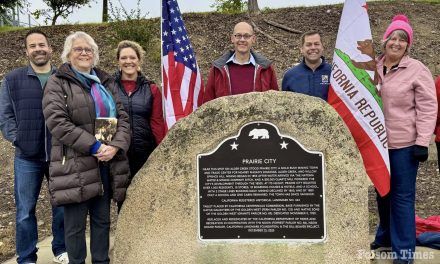A centerpiece of California’s perpetual political and legal wrangling over allocation of water is the complex array of rights that stretch back to the earliest years of statehood in the 19thcentury. Simply put, those who claimed water before 1914, when the state assumed legal control, have “senior rights” that traditionally have entitled them to virtually unlimited supplies even when other users face cutbacks during drought.
The state Water Resources Control Board has made occasional efforts to curtail diversions by senior rights holders when supplies are tight but its legal right to do so is unclear with water rights in conflict with other laws declaring the larger public’s interest in overseeing “beneficial” water use.
One test of the issue resulted in astate appellate court’s 2022 declarationthat the state lacked direct authority to block diversions by senior rights holders and suggested that only the Legislature could provide such power.
Although last winter’s heavy rains eased the competition for water that had become intense duringseveral years of severe drought, advocates for overhauling water rights law to give the state more power to protect fish and other wildlife dependent on river flows mounted a major effort in the Legislature this year with three bills.
Together, they would have implemented key recommendations of a study commissioned by the water board that argued for giving it new powers to curtail supplies to water rights holders when warranted.
“When there is not enough water to satisfy all demands, water must be allocated among competing human and environmental uses,”the study declared. “California’s State Water Resources Control Board (SWRCB) needs to be able to routinely require diverters to curtail (stop) unlawful water uses in order to protect water rights, human health and safety, and the environment from serious harm.”
Water rights holders, most of whom are agricultural water agencies, saw the report and the three bills — accurately — as a frontal assault on their privileged position in the competition for water and mounted a stout defense. If enacted, they argued, the changes would make it infinitely more difficult for farmers to plan crop cycles.
The most far-reaching of the three measures,Assembly Bill 1337, would have overturned the 2022 water rights case and authorized the water board “to issue a curtailment order for any diversion, regardless of basis of right, when water is not available,” but it stalled after winning Assembly approval.
A second,Assembly Bill 460,which would have given the board authority to intervene in water diversions on an emergency basis, suffered the same fate.
However, the least onerous of the three, from the standpoint of water rights holders,Senate Bill 389, has made it to Gov. Gavin Newsom’s desk. It would give the board more explicit authority to investigate whether water diversions are lawful — within the scope of diverters’ legal rights — and punish violators as trespassers.
It’s certainly less than what water rights reformers want, which means the decades-long struggle over the issue will continue, particularly if the state once again experiences the kind of drought that last winter’s heavy rain and snow storms alleviated. State water officials believe that such droughts will become more common with climate change, or at least will change the mix of precipitation, with less snow and more rain.
However, water rights are just one front — albeit a very important one — in the state’s perpetual conflict over how the precious liquid should be allocated. Water rights defenders say the state would not have to curtail their supplies if it did a better job of capturing and storing water when it’s available, and there’s some validity in that criticism.
Dan Walters is a journalist and author who writes forCALmatters.org, a nonprofit, nonpartisan media venture explaining California policies and politics. Folsom Times is an authorized CalMatters media partner in an effort to keep our local community




